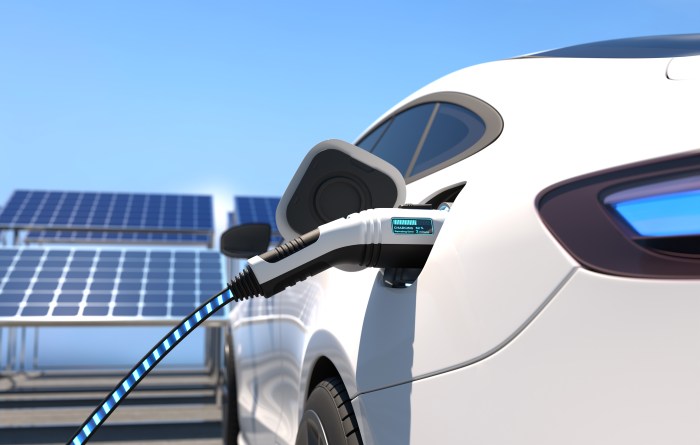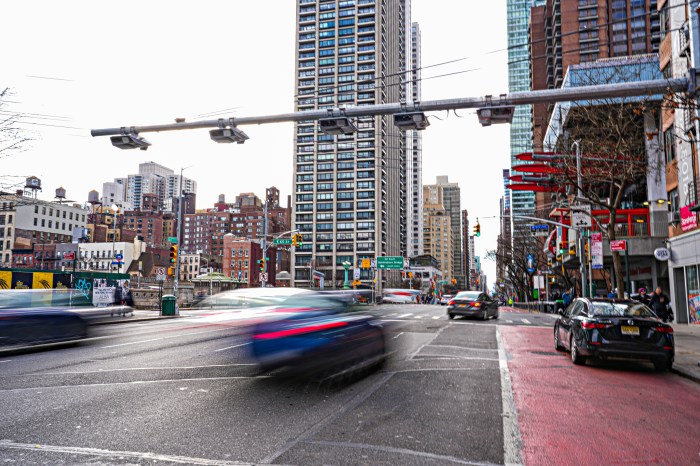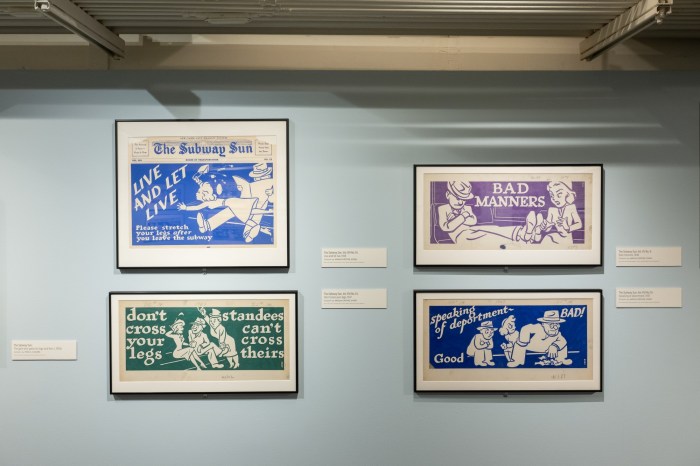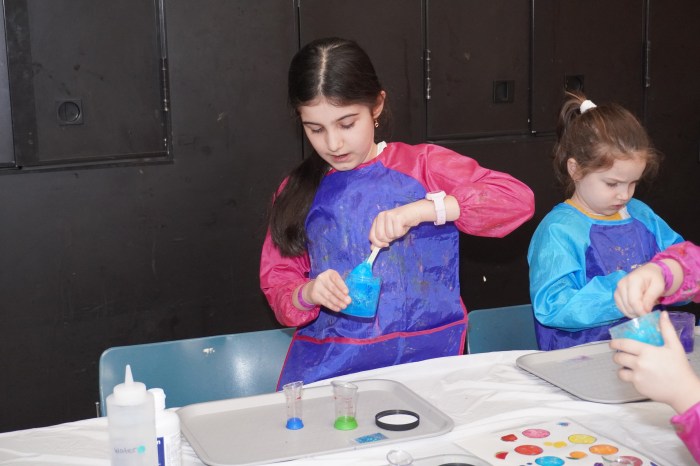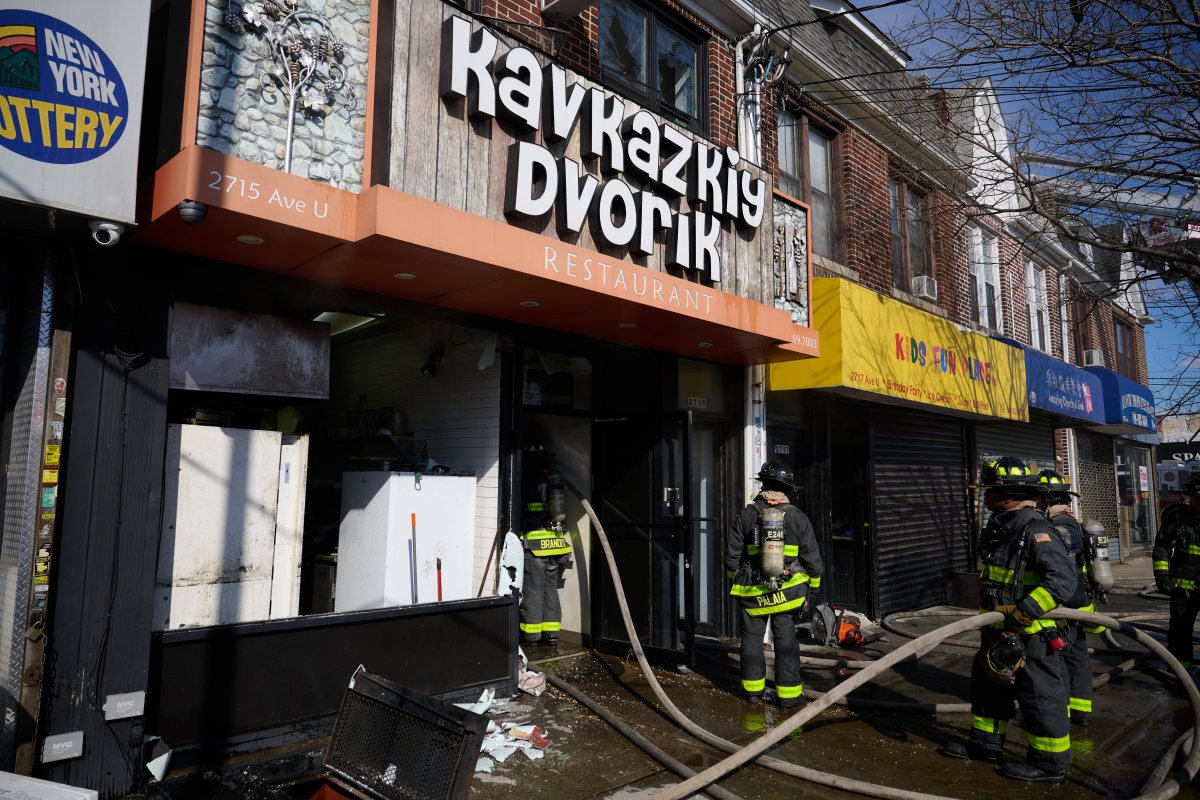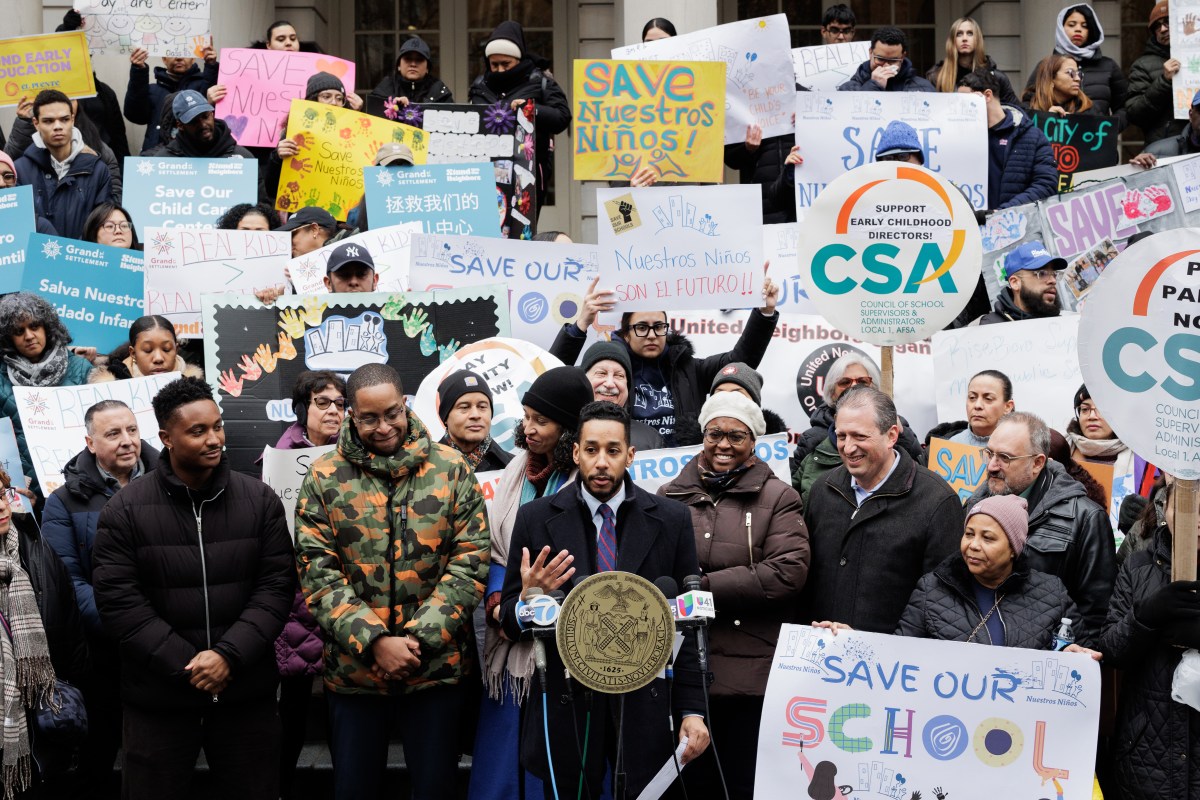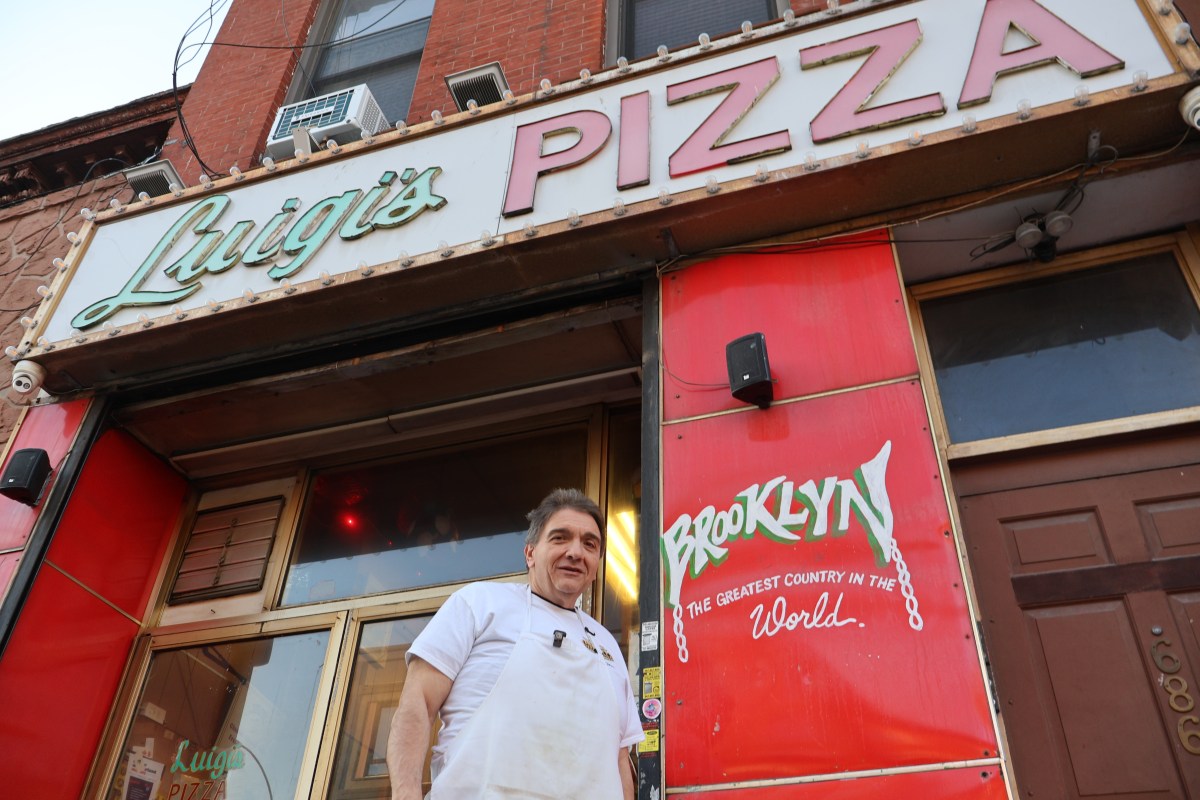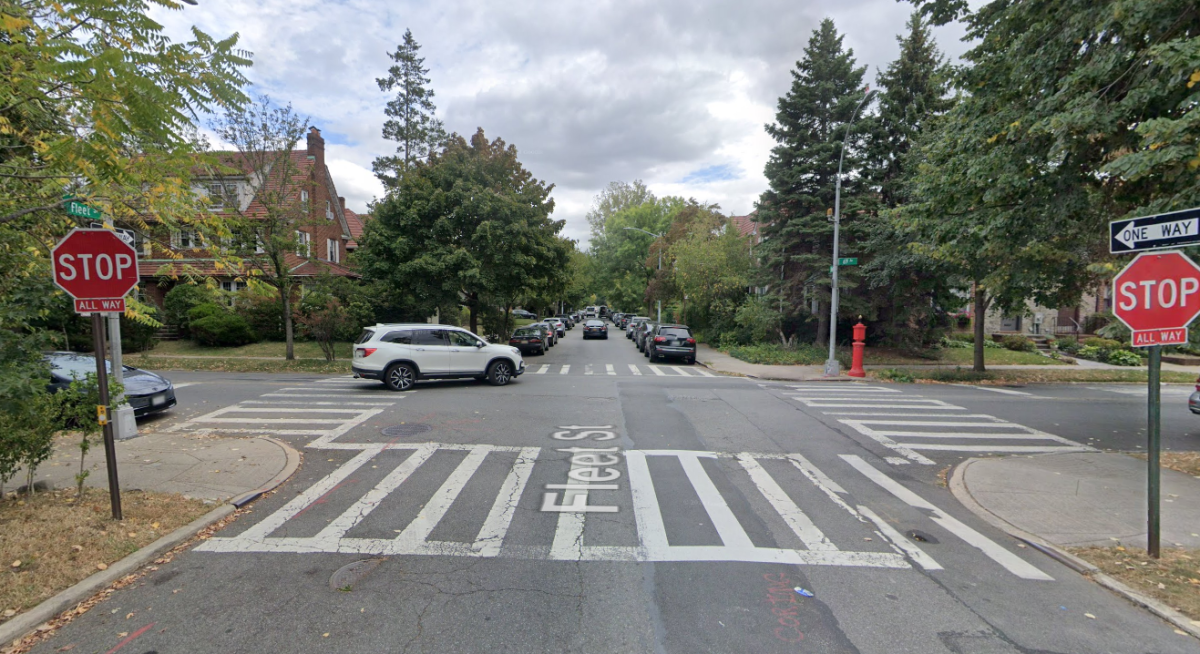
The MTA is testing new netting under elevated subway tracks after a series of alarming incidents in which dangerous debris dropped onto the street below.
The netting — part of a $4.6 million pilot program — will be installed beneath four sections of tracks in Queens and Manhattan serving the N/W, 7, 1, and J/Z lines, with work on the project beginning Monday, according to NYC Transit president Andy Byford.
“The balance that you’ve got to get right here is netting that is robust enough to catch something were it to fall from the track but also still enables inspection crews to be able to still inspect from underneath,” Byford said at an MTA board meeting on Monday. “What we don’t have to do is each time we want to do an inspection take all the netting down. so we’ve been working hard to get that balance right.”
Track components have fallen from the elevated 7 line at least five times this year, according to the office of Queens Councilman Jimmy Van Bramer. The councilman has shared images on social media of rusted metal shards that appeared to have fallen from the tracks above, denting parked cars and shattering their windows.
“How many times can debris fall from the tracks before someone gets killed? This is insanity,” Van Bramer tweeted earlier in June. The councilman has since described the pilot as a "hard-earned victory" but believes netting should be installed under the entire elevated 7 line.
Netting will be installed under the 7 in Woodside, at the 61 St-Woodside station; at the 125th Street station of the 1; along the J/Z, between 121st Street and 111th Street; and at the N/W, between the Queensboro Plaza and 39th Avenue stations.
Crews walk the MTA’s 168 miles of elevated tracks once a week to perform topside inspections, while underside inspections are performed only once a quarter. Structural inspections are conducted once each year, according to Sally Librera, the head of subways at the authority. Inspections are also completed after car crashes that could potentially damage elevated structures, she said.
Each pilot location will get about 30,000 square feet of netting coverage for a total of about 120,000 square feet. Pilot locations were picked based on age, track conditions and a history of loose material. The authority is shelling out $4.6 million split into two contracts for the pilot.
Librera added that the MTA recently upgraded supervisors with digital “devices” to better track inspection compliance and diagnostics. The MTA is particularly concerned with degraded steel as well as clips and bolts that connect ties to steel girders, she said.
Librera and Byford stressed that the netting was part of a larger focus on preventing debris falls from happening.
“Prevention is always better than cure,” Byford said. “You shouldn’t rely on a net to catch something that shouldn’t be dropping in the first place.”




